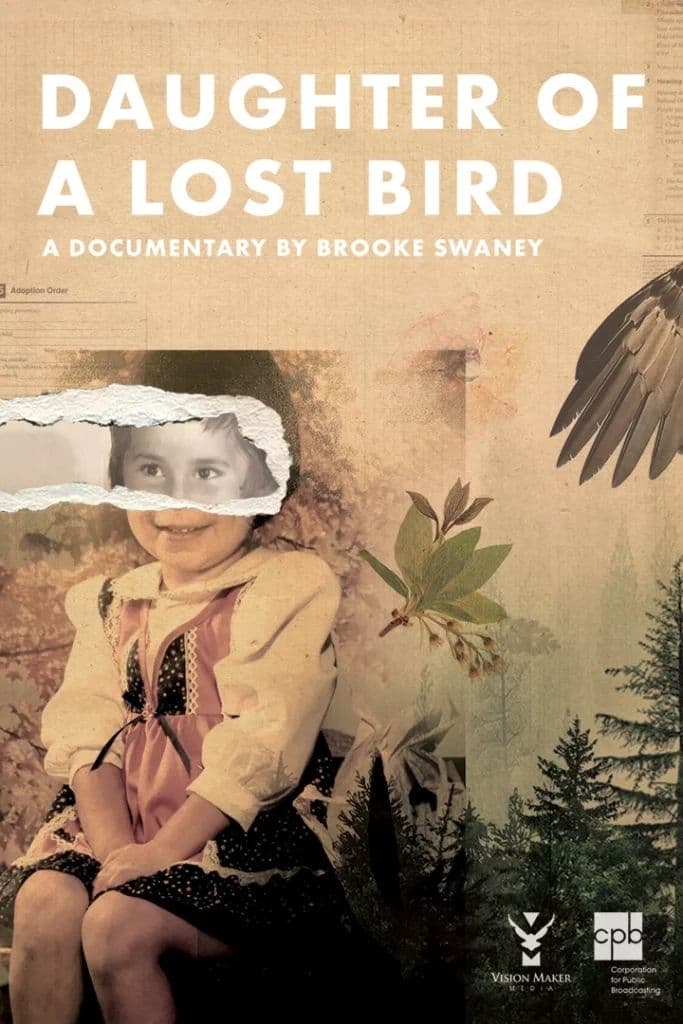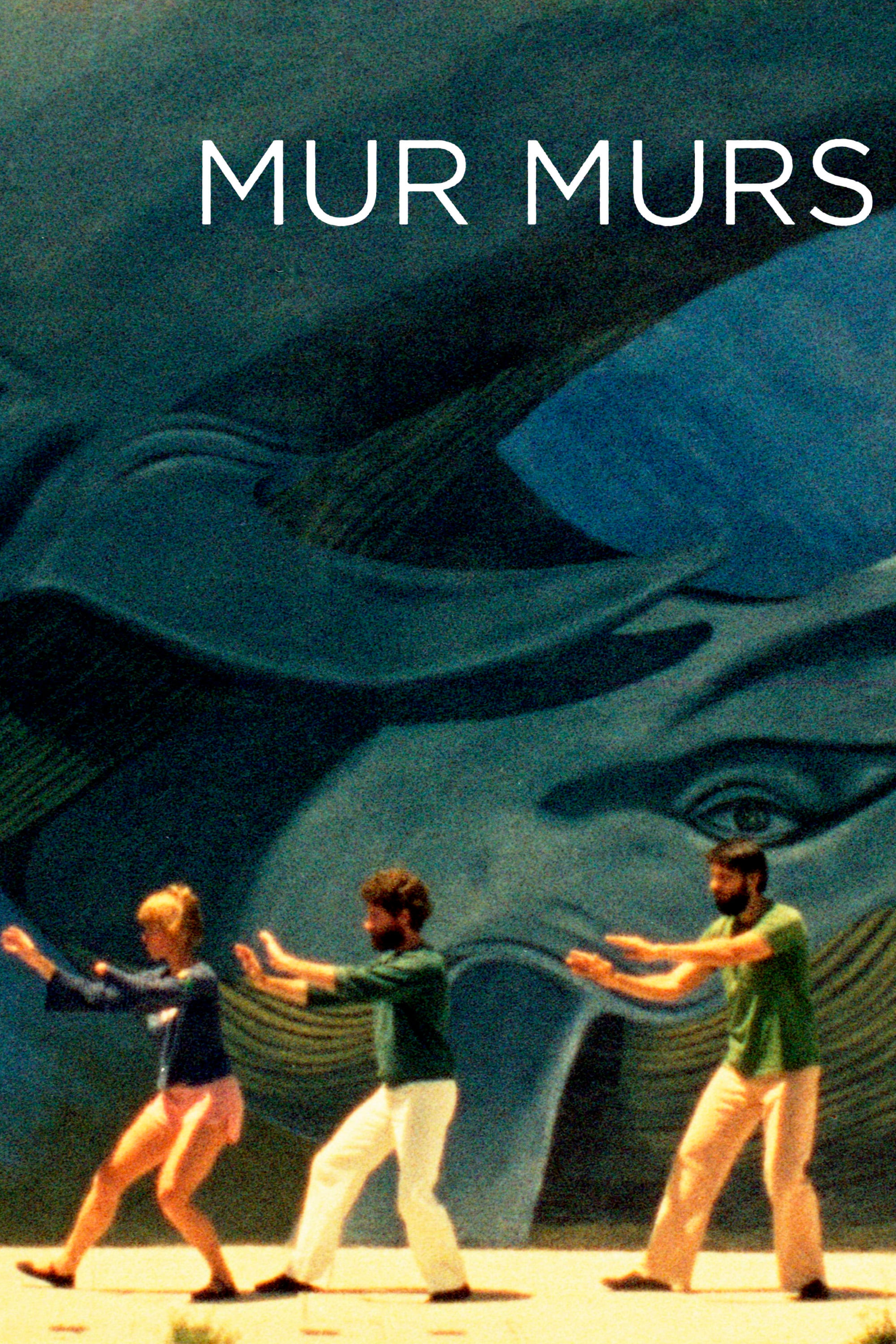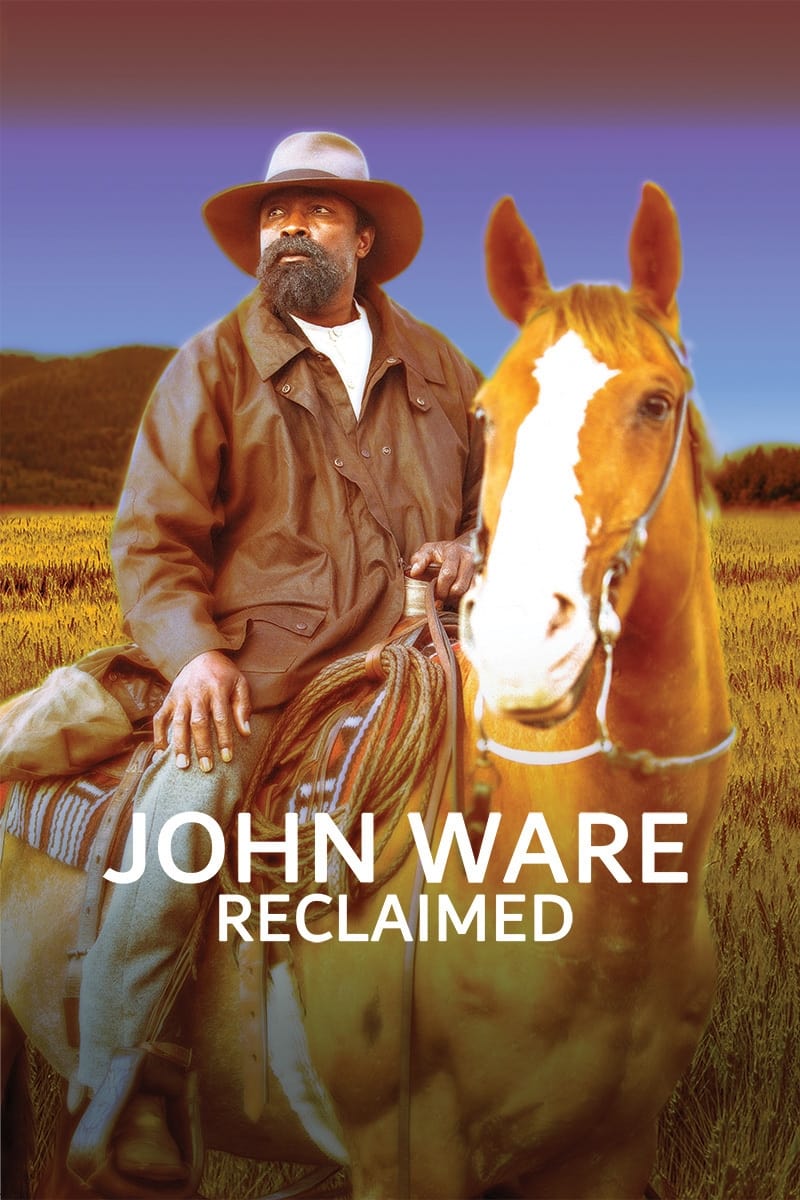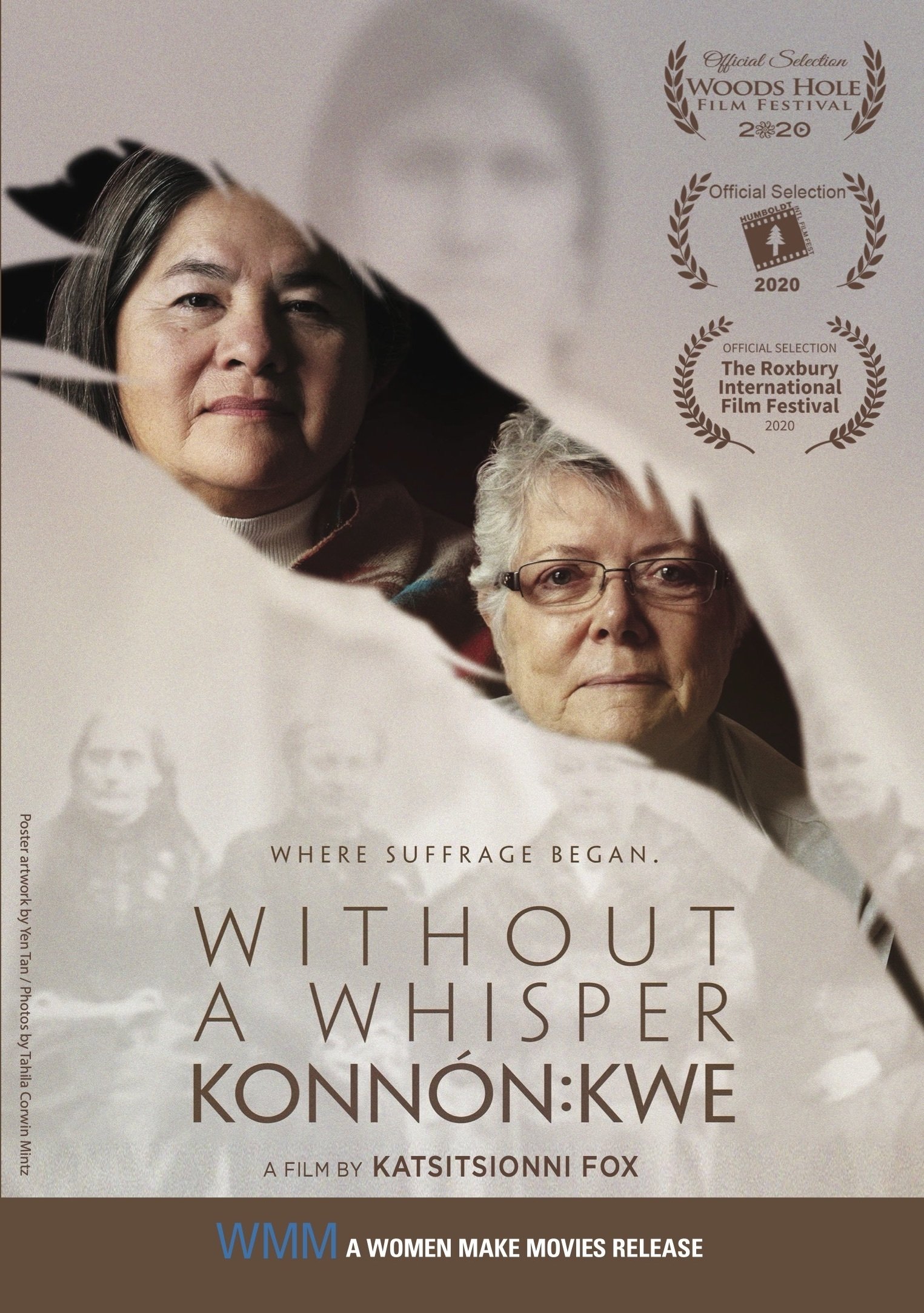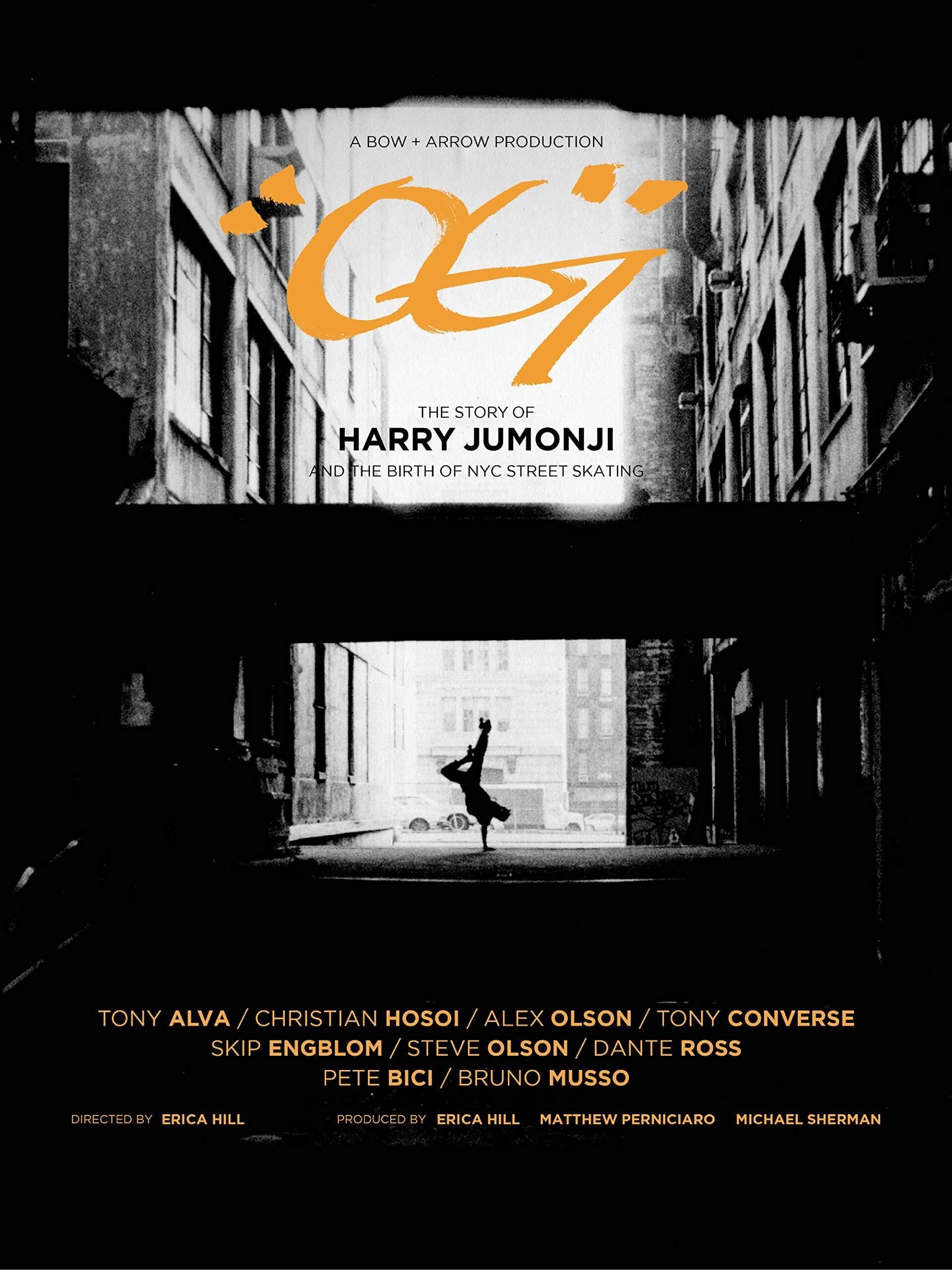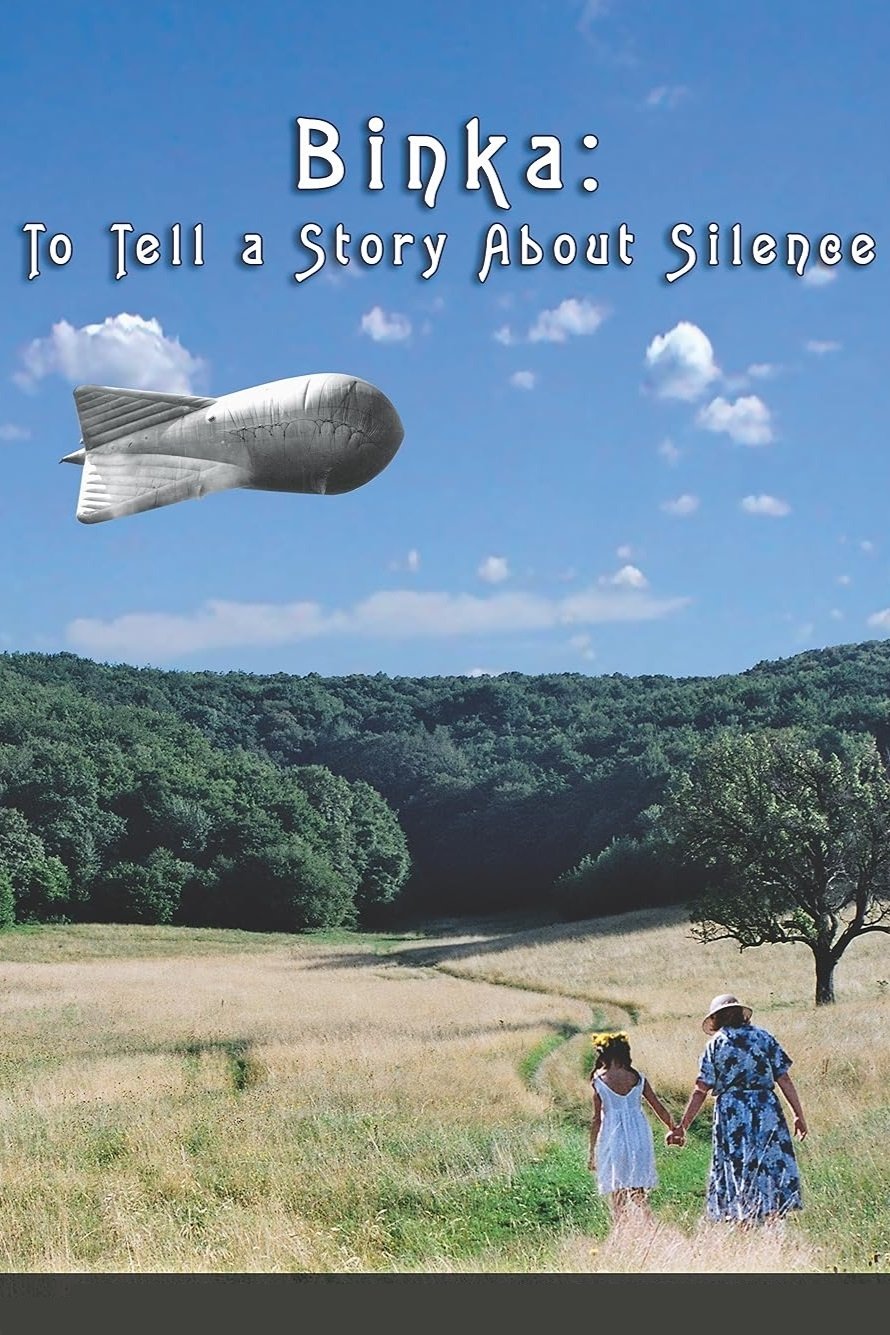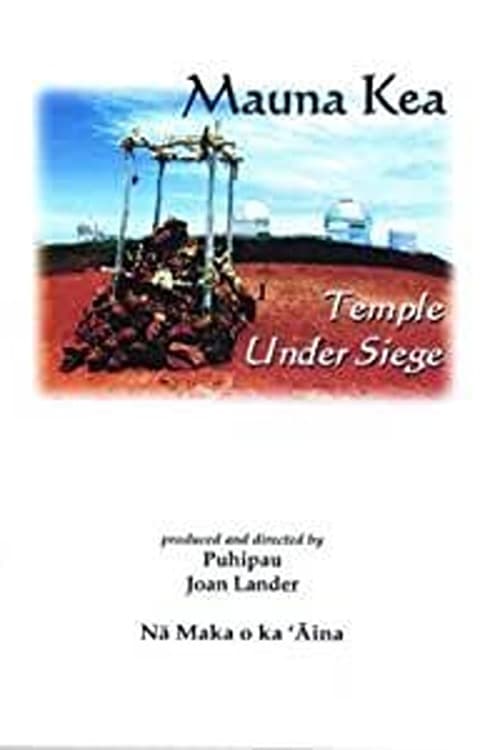
Hard Times at Douglass High: A No Child Left Behind Report Card (2008)
Overview
Inside an inner-city Baltimore high school as teachers and students face the challenges of a 2002 education-reform act.
Production Companies
Additional Info
| Budget | $0.00 |
|---|---|
| Revenue | $0.00 |
| Original Language | en |
| Popularity | 0.1562 |
Directed By
Susan Raymond
Crew
Susan Raymond
TOP CAST
Similar Movies
Daughter of a Lost Bird
What does blood have to do with identity? Kendra Mylnechuk, an adult Native adoptee, born in 1980 at the cusp of the enactment of the Indian Child Welfare Act, is on a journey to reconnect with her birth family and discover her Lummi heritage.
Eskimo Arts and Crafts
How Inuit peoples perform arts and crafts, on the island of Baffin Island on what is now the territory of Nanavut.
Ancestral Voices
An educational documentary spanning two continents, opening up a much-needed debate about traditional African spiritual systems; their cosmologies, ideologies and underlying ethical principles. Modern science no longer refutes the origins of mankind being in Africa and similarities in the cosmological ideologies of African esoteric systems with those found many established world religions today, suggest that it was not only people that migrated, but also concepts and themes that then provided bedrock for the formation of other systems of belief.
Repare Bem
The lives of three generations of women who suffered political persecution during the military dictatorship in Brazil.
A Fuller Life
Friends and admirers of iconoclastic film director Sam Fuller read from his memoirs in this unconventional documentary directed by Fuller's only child, Samantha.
Mur Murs
Venturing from Venice Beach to Watts, Varda looks at the murals of LA as backdrop to and mirror of the city’s many cultures. She casts a curious eye on graffiti and photorealism, roller disco & gang violence, evangelical Christians, Hare Krishnas, artists, angels and ordinary Angelenos.
Sisters Rising
"Sisters Rising" is the story of six Native American women fighting to restore personal and tribal sovereignty in the face of ongoing colonial violence against indigenous women in the United States. Dawn was in the Army, now she’s a tribal cop in the midst of the North Dakota oil boom that threatens to pull the last threads of her Native culture apart. Patty teaches indigenous women’s self-defense across the Great Plains of her people. Sarah is an attorney and scholar fighting to overturn restrictions on tribal sovereignty and increase legislative protections for Native women. Loreline and Lisa are grassroots advocates working outside of the system to support survivors of violence and influence legislative change. Chalsey is writing the first anti-sex trafficking code to be introduced to a reservation’s tribal court.
Pornotropic
When French writer Marguerite Duras (1914-96) published her novel The Sea Wall in 1950, she came very close to winning the prestigious Prix Goncourt. Meanwhile, in Indochina, France was suffering its first military defeats in its war against the Việt Minh, the rebel movement for independence.
Blockade
"Blockade" takes place in the mountains and valleys of northern British Columbia, at the heart of the boldest aboriginal land claims case to challenge the white history of Canada. The Gitksan and Wet'suwet'en hereditary chiefs claim that everything within 22,000 square miles, including the trees, is rightfully theirs.
John Ware Reclaimed
Filmmaker Cheryl Foggo re-examines the story of John Ware, the Black cowboy who settled in Alberta, Canada, prior to the turn of the 20th century.
Keeping the Vision Alive
Keeping the Vision Alive is a documentary film containing the voices and images of Korean women filmmakers-both senior filmmakers and also the peers of director Yim. The film is Yim’s homage to both contemporary Korean women filmmakers, written by a filmmaker of the same age, and also to the history of women filmmakers in Korea. Yim does not reveal her own voice or opinion and lets the voices and images of the filmmakers speak for themselves through a non-interventionist camera. From the pioneers, Park Nam-ok, and Hwang Hye-mi, who directed First Experience in 70’s, to recent filmmakers, Byun Young-joo and Jang Hee-sun, the film traces their experiences, troubles, concerns and thoughts as women and women filmmakers. Keeping the Vision Alive calmly and enthusiastically encourages and celebrates the struggles, the resistance and the survival of women filmmakers in a conservative Korean film industry and a male-dominated and sexist social system. (Kwon Eun-sun)
Without a Whisper - Konnón:kwe
"Without a Whisper" is the untold story of how Indigenous women influenced the early suffragists in their fight for freedom and equality. Mohawk Clan Mother Louise Herne and Professor Sally Roesch Wagner shake the foundation of the established history of the women’s rights movement in the United States. They join forces on a journey to shed light on the hidden history of the influence of Haudenosaunee Women on the women’s rights movement, possibly changing this historical narrative forever.
Work While You Have the Light
"Work While You Have the Light" is a feature documentary by a multi-generational directing team that examines professional women who are over seventy years old and still working.
OG: The Harry Jumonji Story
'OG' is a film about a legendary, Brazilian born, NYC skateboarder, Harry Jumonji. In the course of telling his story, through his triumphs and travails, Jumonji emerges in this portrait as an adolescent innocent, much like skateboarding itself. He is irrepressible, manically energetic and ultimately, pure. He has a transcendent presence, well beyond charm or charisma, of such unalloyed joy that nothing he does is unforgiveable. This is fortunate because, as a drug addict, unsurprisingly, he lies, cheats and steals. Harry is rendered as the poet, the sprite, the artist and the street saint he is.
The Ninth Island
"The Ninth Island" tells the story of Hawaii’s indigenous population and its struggles to stay connected to its ancestral home.
Binka: To Tell a Story About Silence
A film pioneer, Binka Zhelyazkova was at the forefront of political cinema under Bulgaria's Communist dictatorship. Though she remained faithful to the communist ideals she became an avid critic of the regime and brought upon herself the wrath of its censorship. As a result four of her nine films were shelved and released to the public only after the fall of the regime in 1989, and Binka Zhelyazkova became known as the bad girl of Bulgarian cinema. A provocative portrait that reveals the pressures and complexities that arise when art is made under totalitarianism.
Jewel’s Hunt
Sixteen-year-old Jewel Wilson is the next generation in a long line of prolific Inupiat subsistence hunters in Unalakleet, Alaska. Her ability to hunt moose is hindered by two pressing issues – scarce wildlife and the pressures of high school life. Finding sufficient food competes with track practice and homework in Jewel’s multilayered world. Along with her father, Jewel turns to the land to feed their family and finds that their village’s way of life is endangered by the same environmental shifts that could affect us all. In hunting moose, we see that Jewel is also hunting for answers. How will her village survive if subsistence hunting is threatened? Can she honor the traditions of her Elders while navigating the pressures and anxieties of a modern, connected teenager? "Jewel’s Hunt" proves to be both physical and philosophical in this insightful exploration of what it means to come of age in complicated times in Unalakleet, Alaska.
Mauna Kea: Temple Under Siege
Although the mountain volcano Mauna Kea last erupted around 4,000 years ago, it is still hot today, the center of a burning controversy over whether its summit should be used for astronomical observatories or preserved as a cultural landscape sacred to the Hawaiian people. For five years the documentary production team Nā Maka o ka 'Āina ("the eyes of the land") captured on video the seasonal moods of Mauna Kea's unique 14,000-foot summit, the richly varied ecosystems that extend from sea level to alpine zone, the legends and stories that reveal the mountain's geologic and cultural history, and the political turbulence surrounding the efforts to protect the most significant temple in the islands: the mountain itself.
The Village
Far away from any other urban centers, Itapuã is a small community with the characteristics and rituals of everyday life. The location, which sheltered 1,454 people and has more than 70 years of existence remains with only 35 residents all over the age of 60. No one likes to remember what the place was in the past, even though for many the memory is etched on their bodies.
